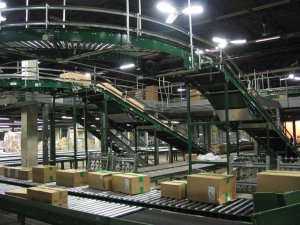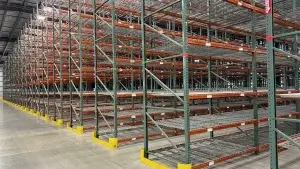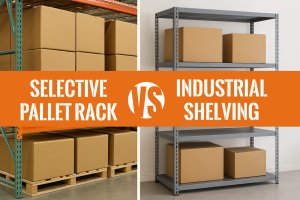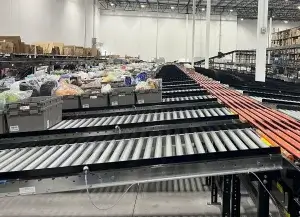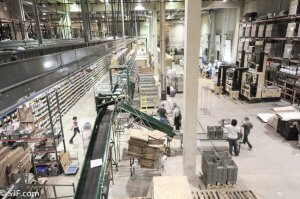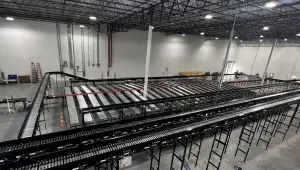Story Highlights: Warehouse automation can sound complicated, but it doesn’t have to be. Whether you run a...
Warehouse Equipment Tutorials
Warehouse Equipment Tutorials and Video Guides – Used material handling equipment, products and solutions. What is pallet racking, cantilever racking, roller conveyor, carousels.
Story highlights: Efficient use of warehouse space is critical for optimizing operations, reducing costs, and improving workflow....
Story Highlights: When designing a warehouse or storage facility, choosing the right system is critical for maximizing...
Story Highlights: Gravity Conveyor Series: Part 1: Effortless Efficiency: The Role of Gravity Conveyors in the Modern...
Story Highlights: Gravity Conveyor Series: Part 1: Effortless Efficiency: The Role of Gravity Conveyors in the Modern...
Story Highlights: Gravity Conveyor Series Part 1 (current): Effortless Efficiency: The Role of Gravity Conveyors in the...
Today’s post is courtesy of Megan R. Nichols Material handling equipment is an investment. Industrial companies purchase...
Today’s post is courtesy of Megan R. Nichols When it comes to the supply chain, the most...

